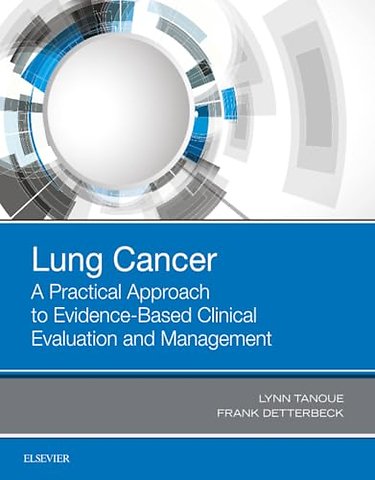Diagnosis and Evaluation <p>1. The Asymptomatic Patient with a Pulmonary Nodule </p> <p>2. Evaluation of the Patient with a Radiographic Abnormality Suspicious for Lung Cancer</p> <p>3. Lung Cancer Classification </p> <p>Treatment Considerations</p> <p>4. Treatment of Early Stage NSCLC </p> <p>5. Curative Intent Treatment of Stage III NSCLC</p> <p>6. Advanced NSCLC</p> <p>7. Treatment of Small Cell Lung Cancer</p> <p>8. Special Types of Lung Cancer</p> <p>9. Surveillance and Follow-Up</p> <p>Organization, Quality and Efficiency of Care Delivery</p> <p>10. Organization of Lung Cancer Care </p> <p>11. Achieving Better Quality of Care</p> <p>Additional Components of Comprehensive Care</p> <p>12. Tobacco Use Disorder and Treatment</p> <p>13. Healthy Patients at Risk for Lung Cancer: Whether, How and Who to Screen</p> <p>14. Symptom Management in Patients with Lung Cancer </p> <p>15. Diagnosis and Management of Treatment Related Pulmonary Complications </p> <p>Perspectives</p> <p>16. Lung Cancer - Where Are We Now and What is the Future?</p>

